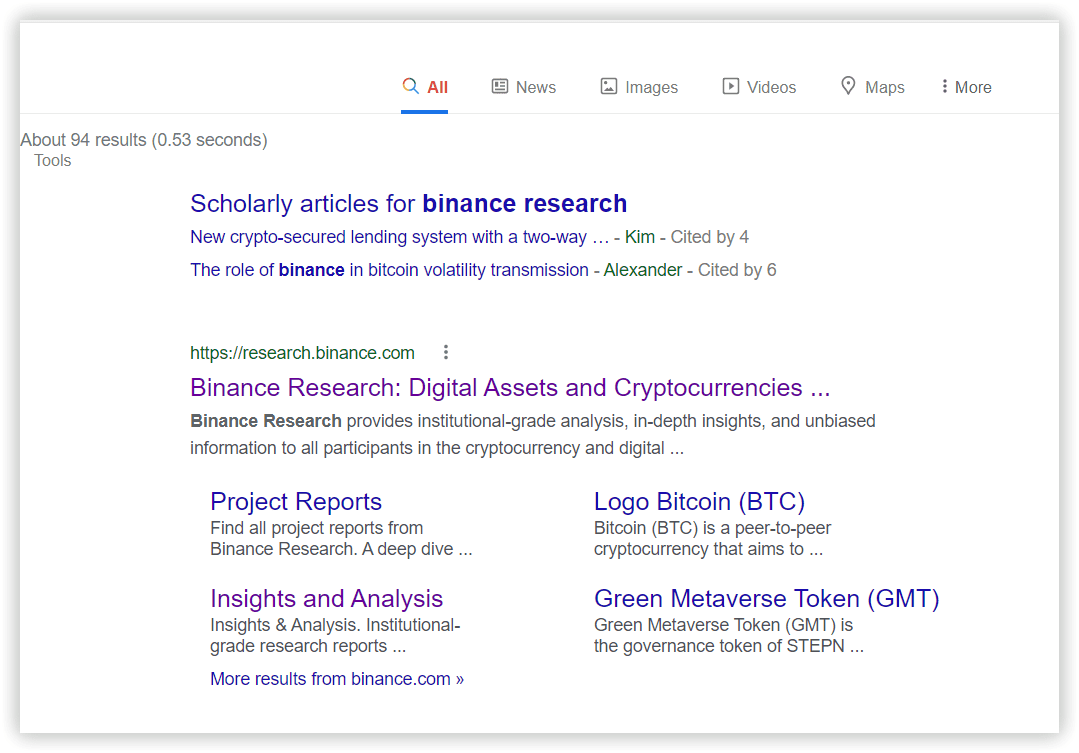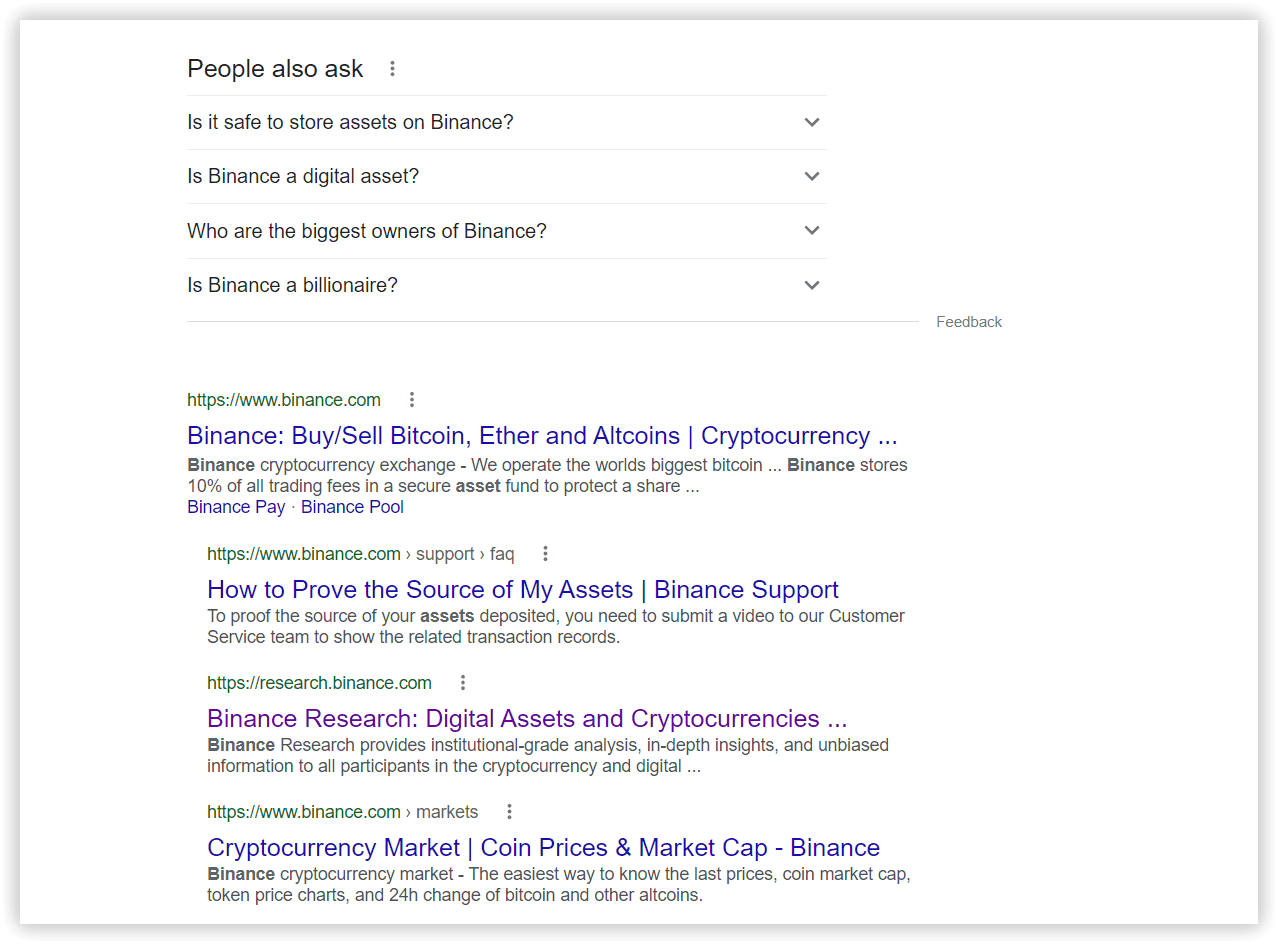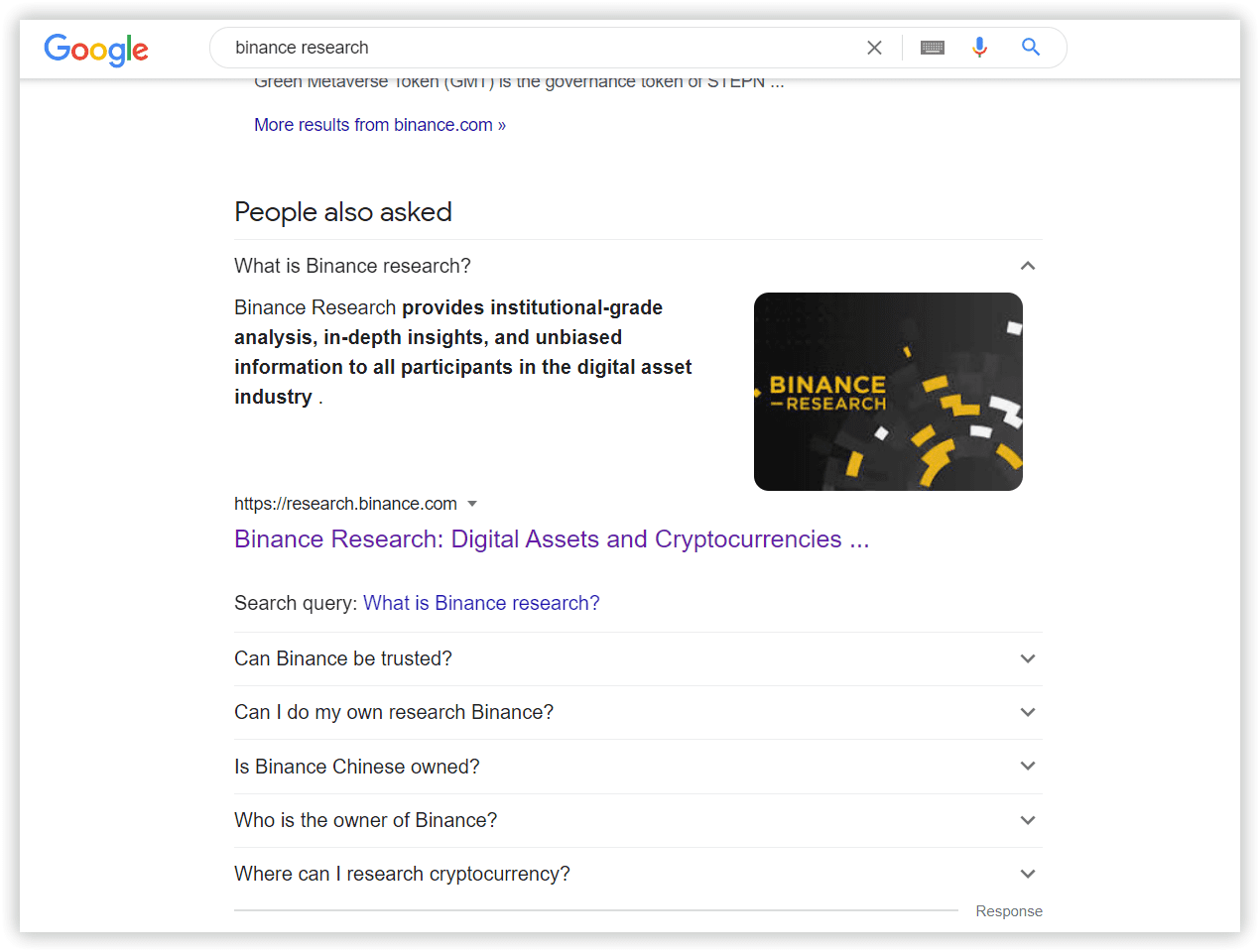Start Exploring Keyword Ideas
Use Serpstat to find the best keywords for your website
How to Create a Content Strategy in FinTech: Skyscraper Technique + Life Hacks from Serpstat

We're going to share some tips on how to put together a content marketing strategy for a fintech company using the skyscraper technique.
What to consider when making a content strategy for fintech?
According to the research materials, fintech companies are mostly prone to analytical conclusions, comments and videos. Content plays a central role in attracting new audiences, developing loyalty to the site where the content is posted, as well as to the product, and shaping users' ideas about the product or service.
- Informative author pages with biography, photos, and other articles, as well as a block about the author in the article. On the website pages, you can tell not only about the qualifications of the specialist and add photos, but also supplement the section with certificates and diplomas, conferences where the author spoke, tell about awards and grants received, and give comments.

- The uniqueness and usefulness of the content that is relevant to the request, answers the audience's questions, and at the same time corresponds to the company's goals. The peculiarity of fintech content is data-based content – content based on data analysis that validates its credibility.
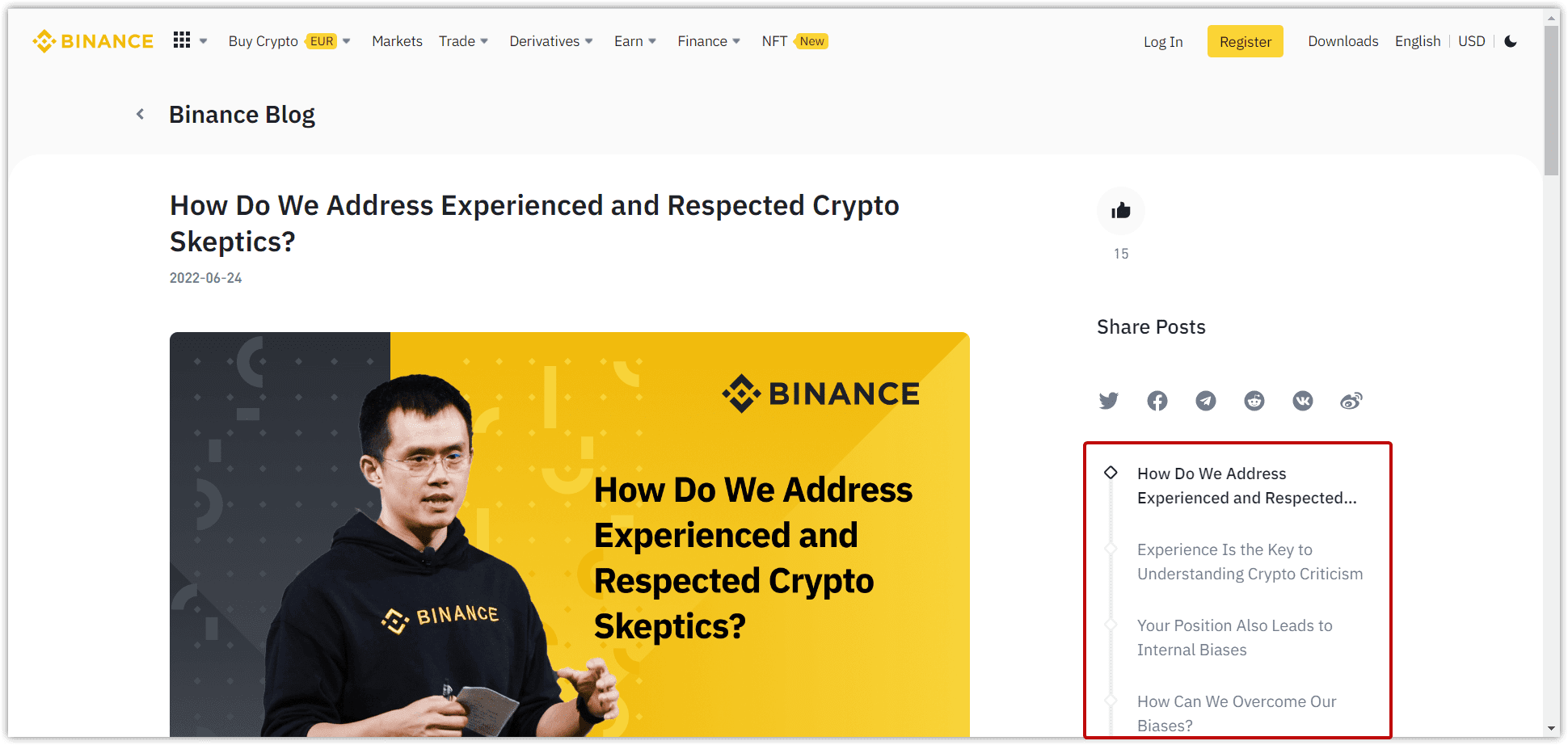
- Relevance, which is indicated by the date the article was published and updated.
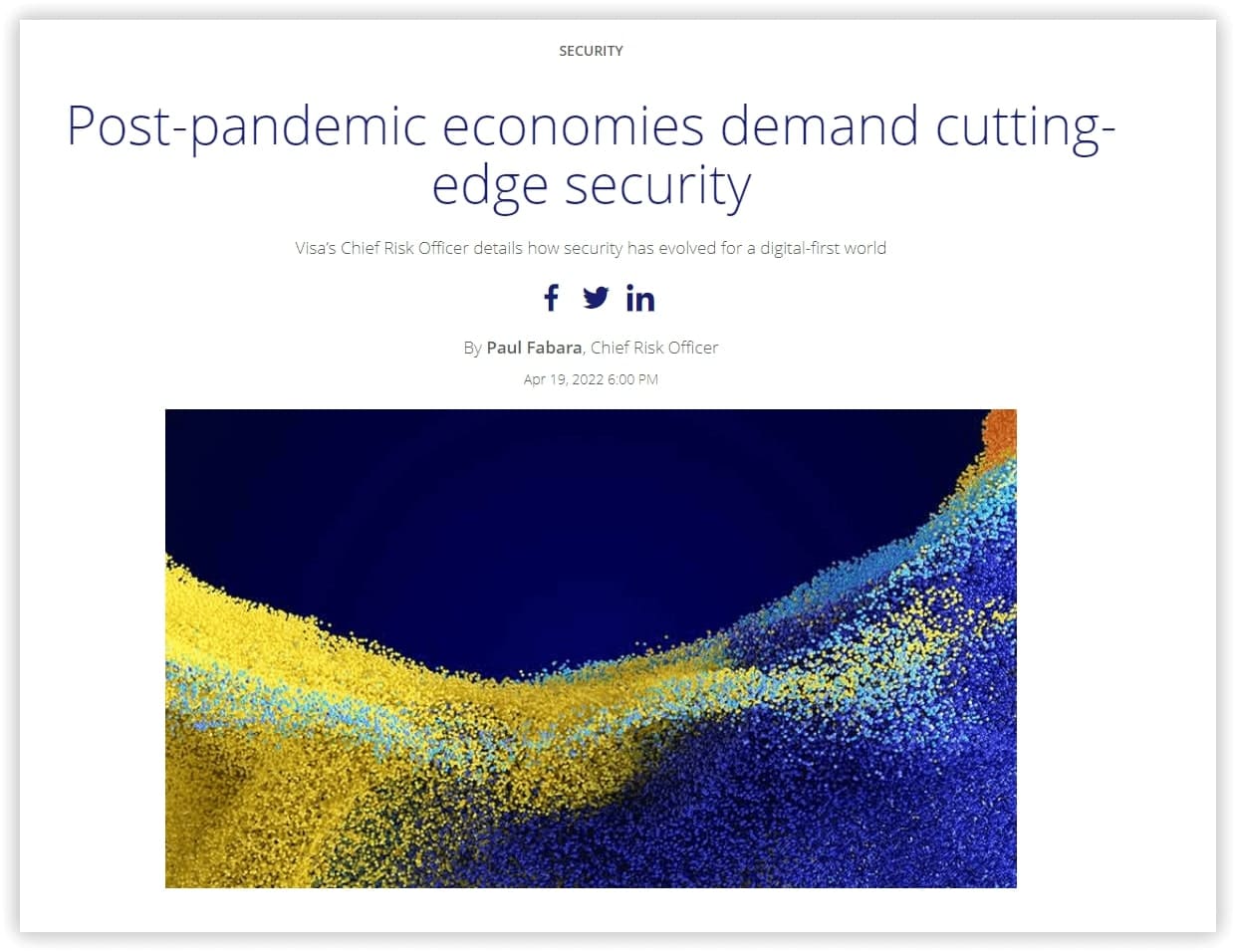
- References to reliable and authoritative data sources.
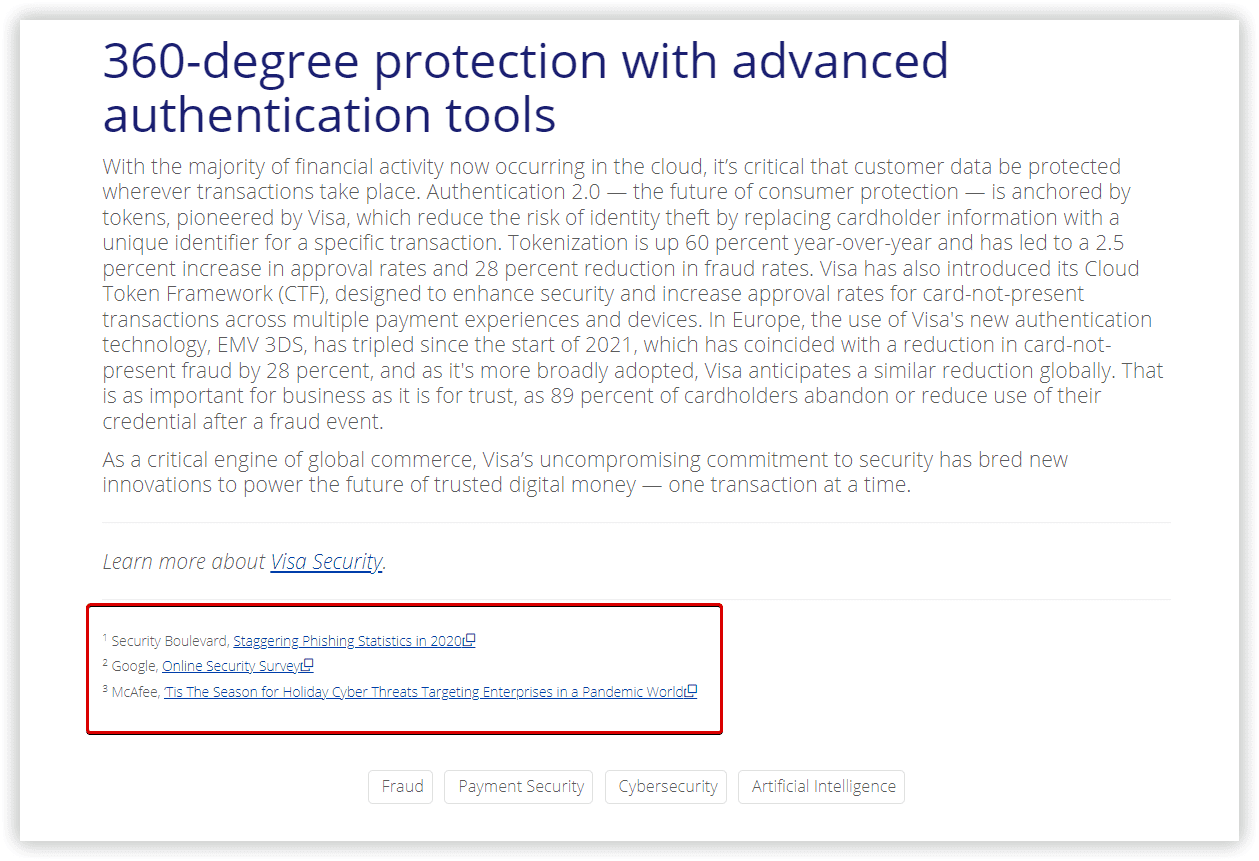
How to create a content strategy for Fintech?
- Find popular competitor content that gets backlinks or traffic.
- Adapt competitors' ideas to your product, supplement formats, and rubrics, and create a content plan.
- Repackage and distribute content with tips that will extend the life of the content and attract a larger audience.
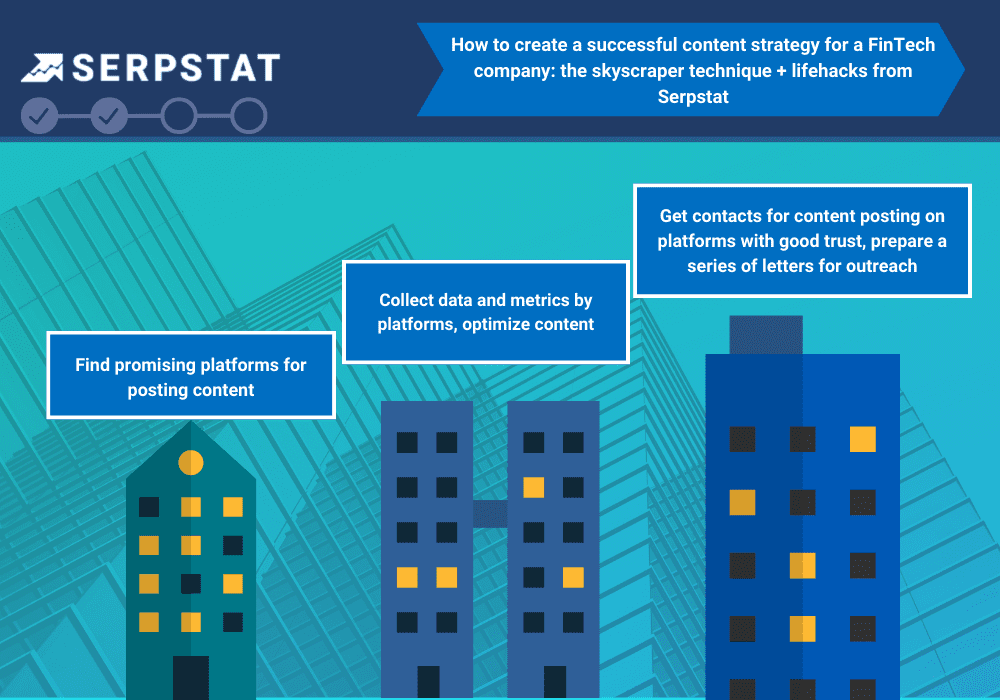
Step 1. Competitor's best pages analysis
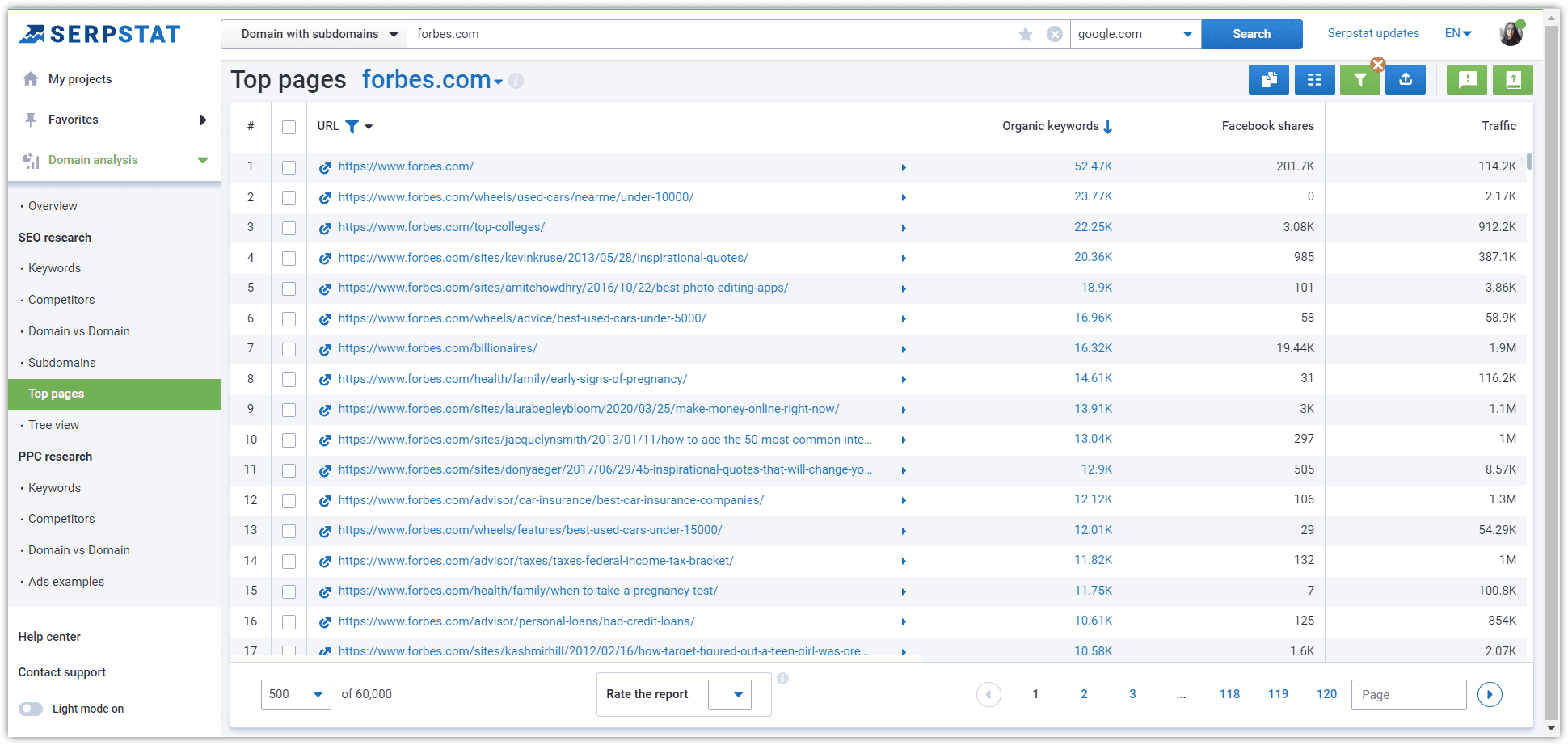
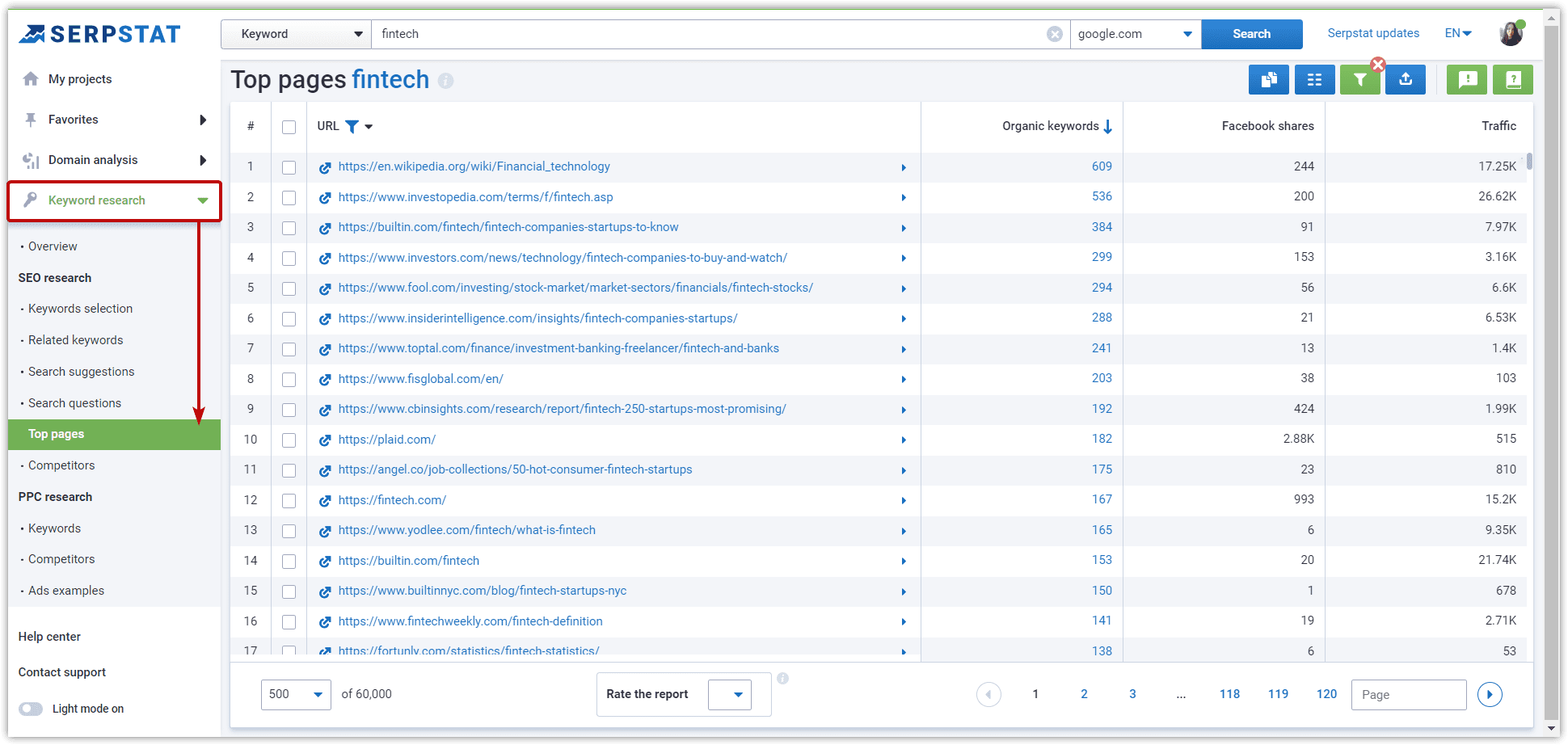
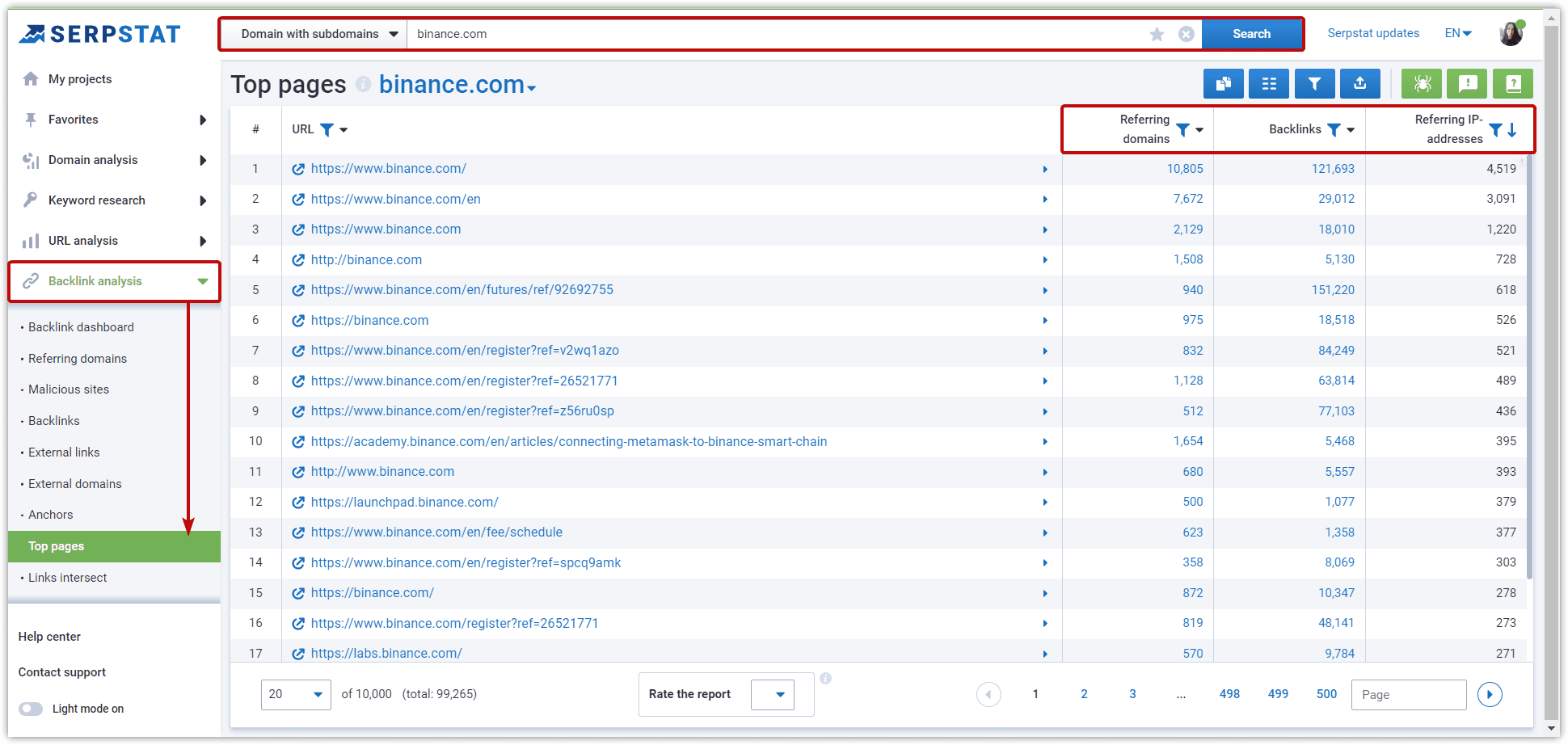

Leave a request for a free demonstration to get recommendations for performing your task.
- How-to articles
- Research & Infographics
- Industry cases
- Interviews with opinion leaders
- Readers polls
- Glossaries
- Knowledge Bases and Academies
- Podcasts
- Videos, Webinars, Streaming
- Lead magnets (subscription content)
- Product Updates
- News in the field
- Trends and situational content
- Calculators
- Quizzes and questionnaires
- Reviews
- Mindmaps
- Comics
- Checklists
- Results of the Year
- Templates
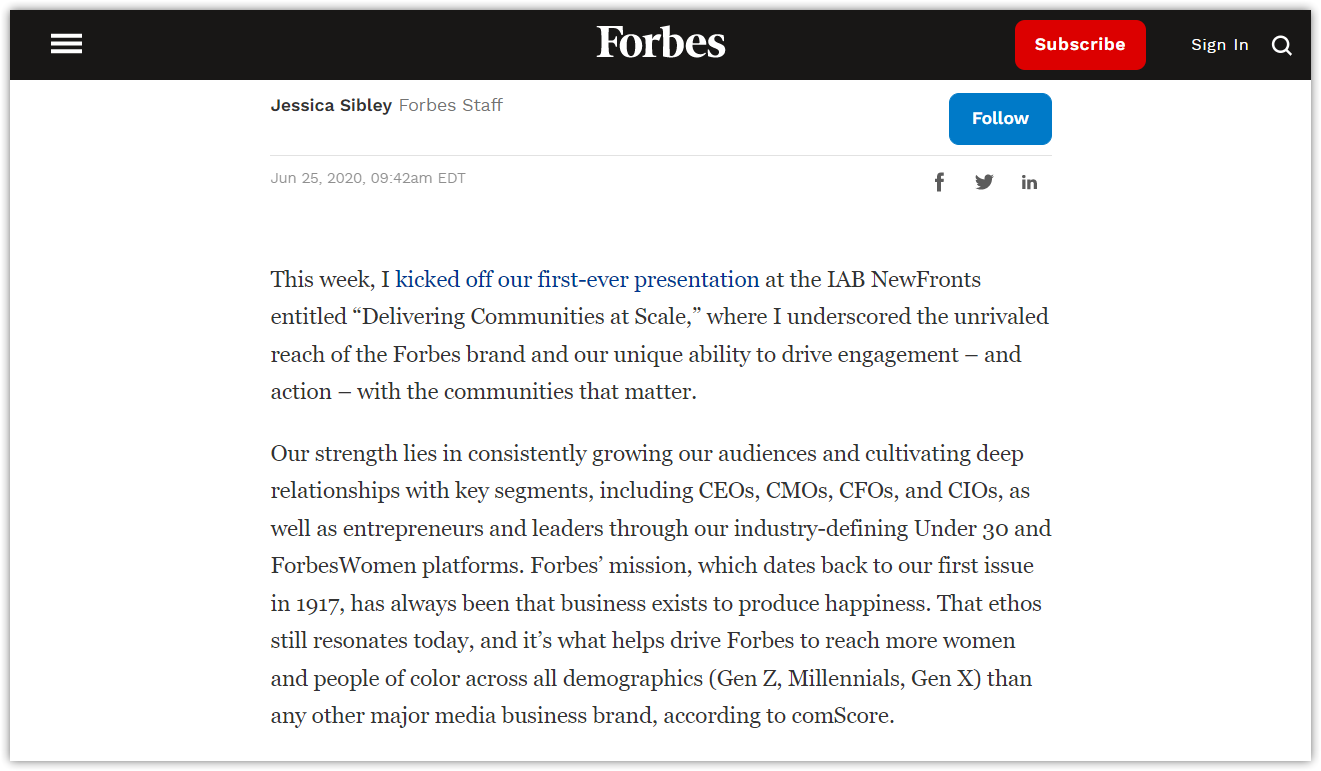
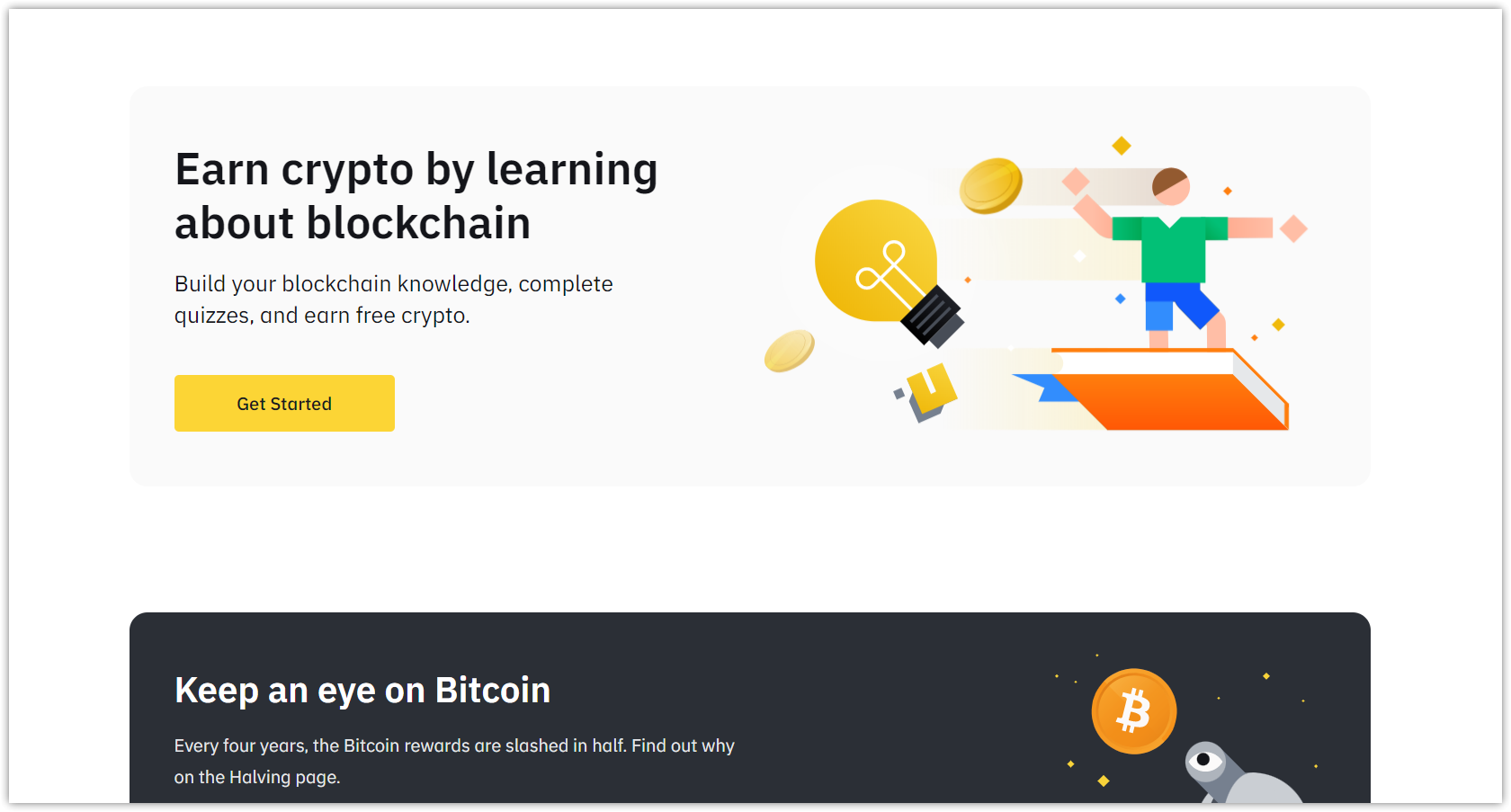
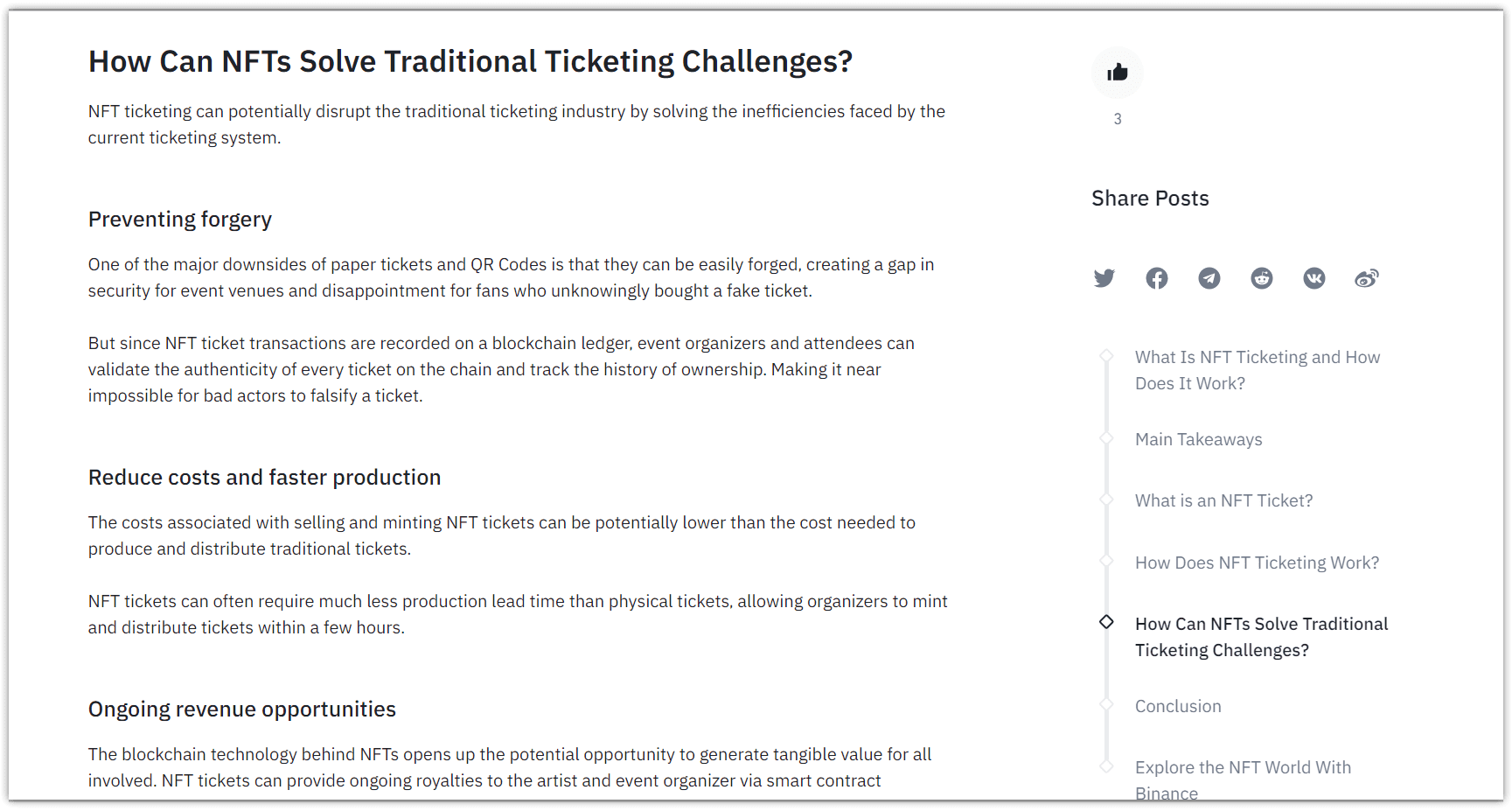
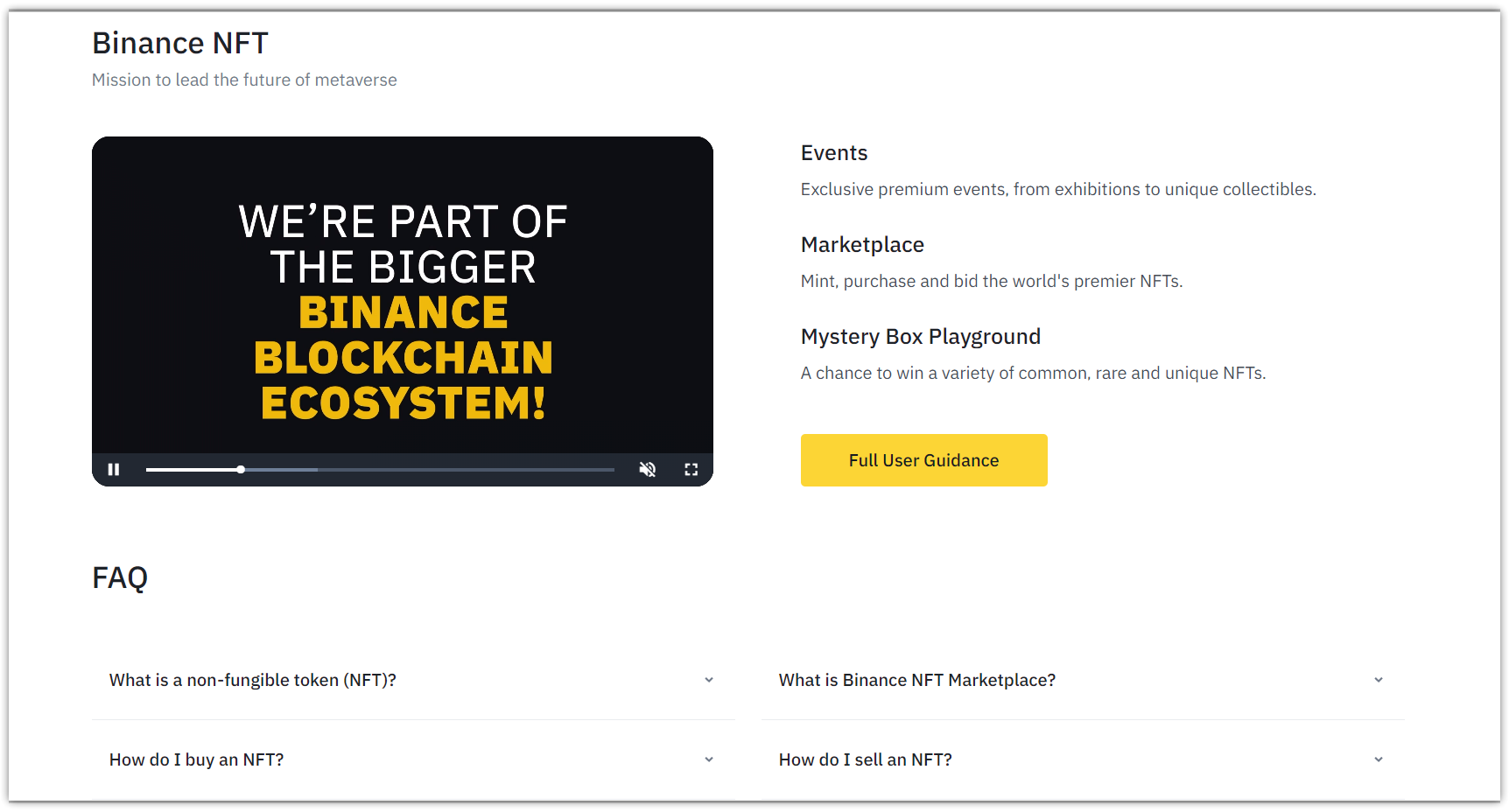
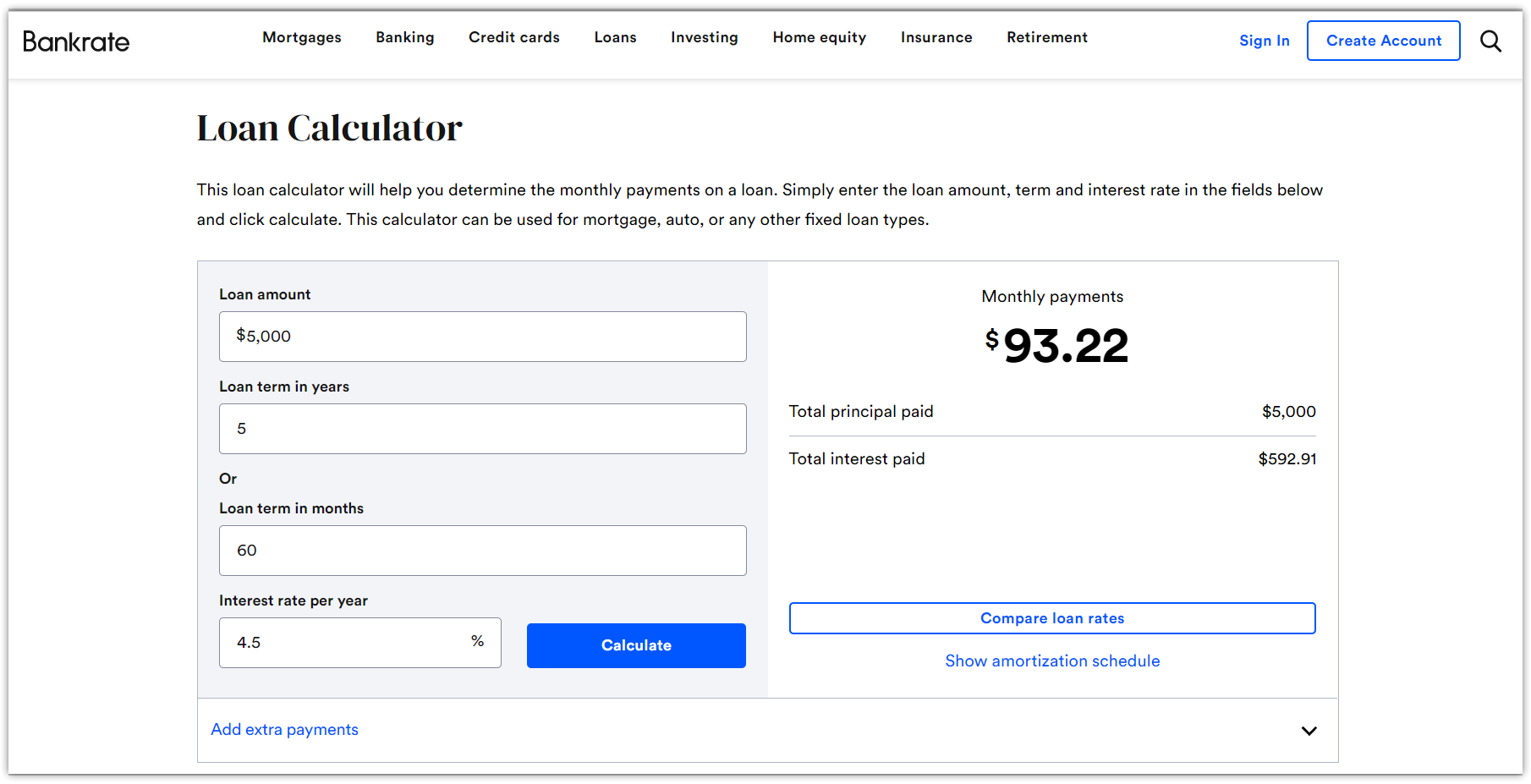
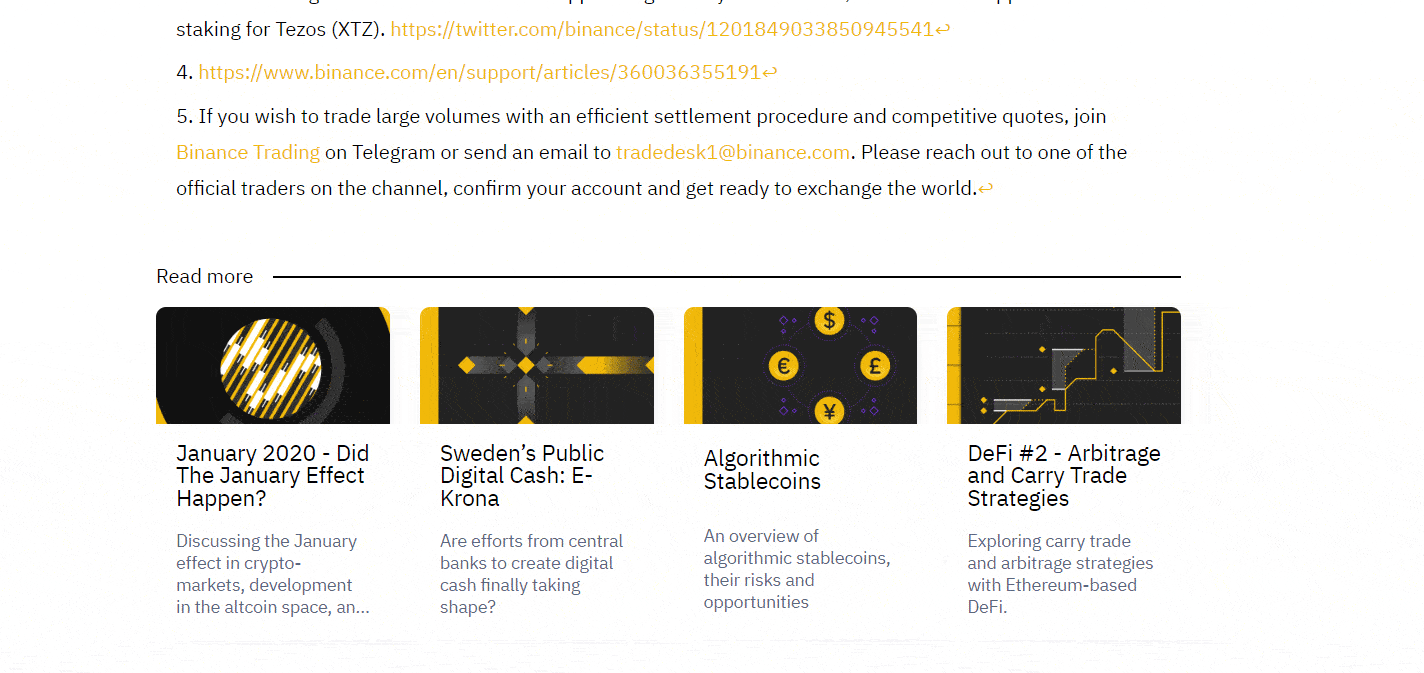
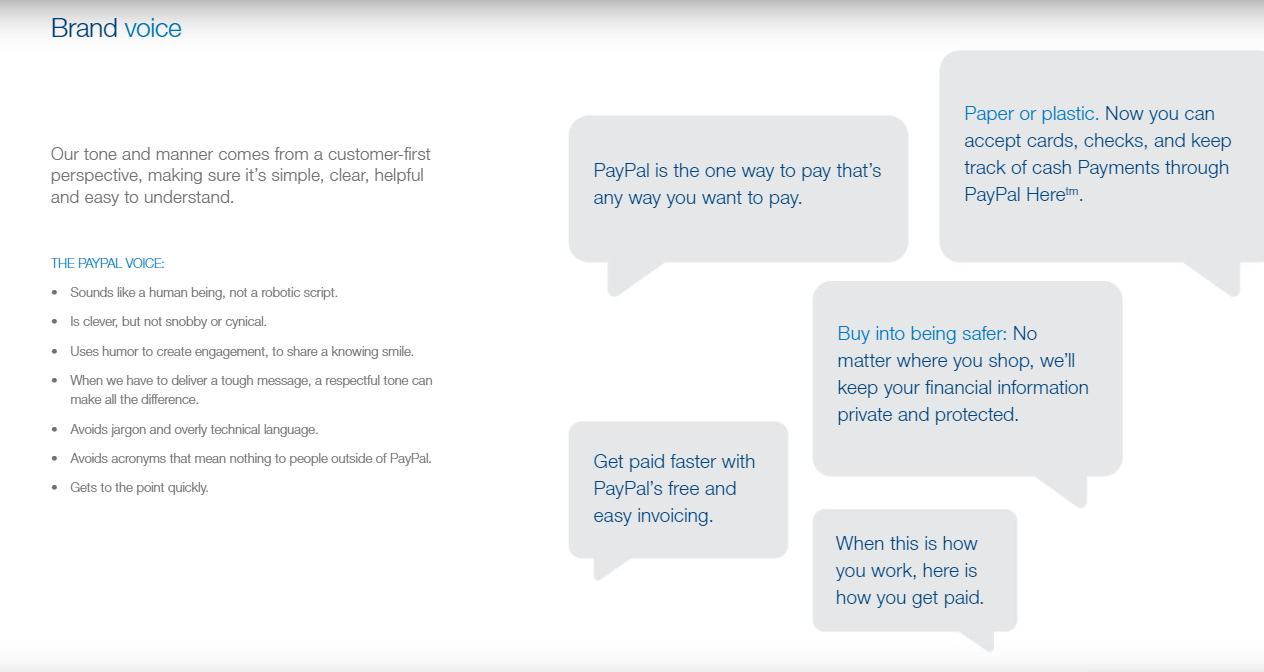
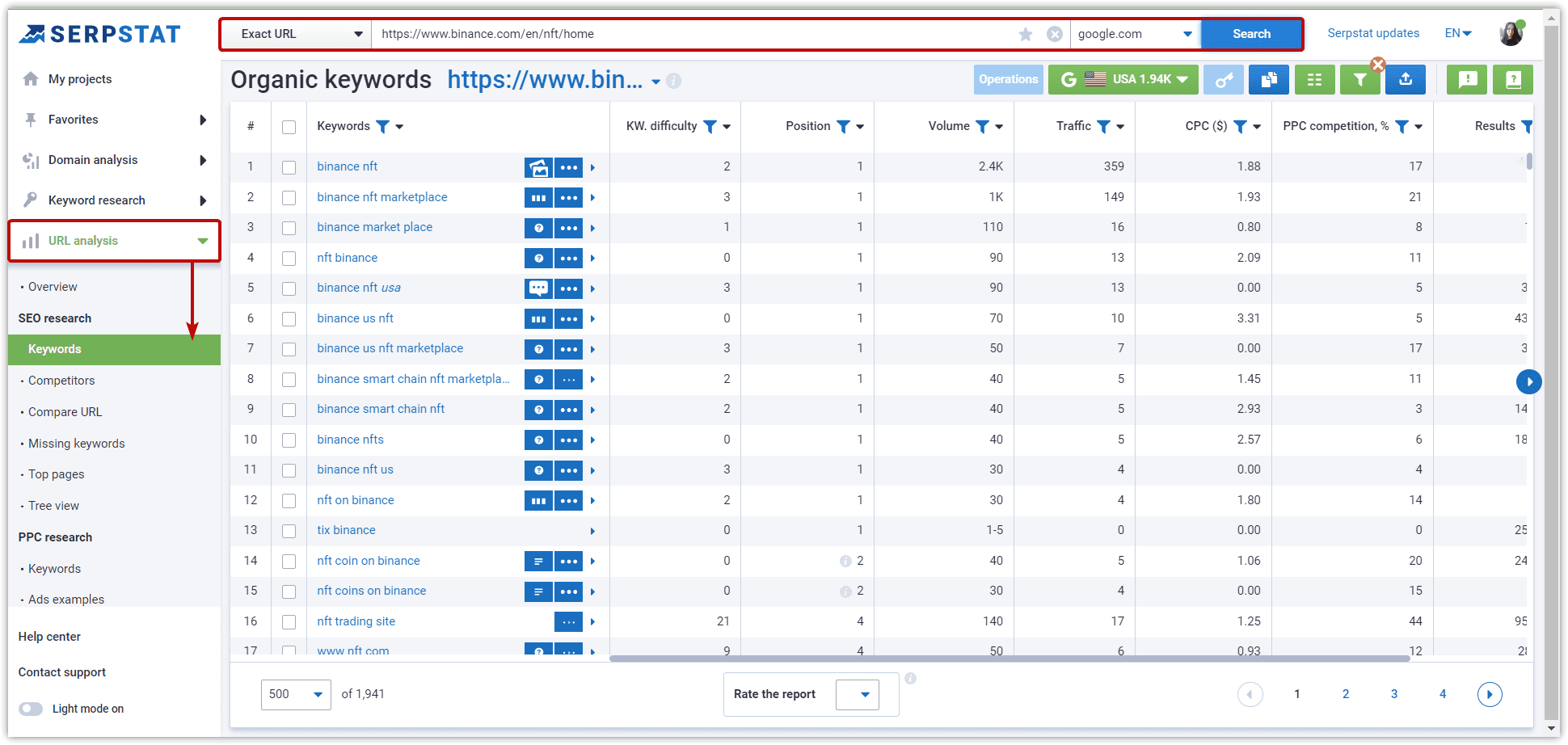
- Update
- Interview
- % discount
- Large-scale research
- Use case
- New Guide
- Checklist
- ...with examples...
- Video
- We are trusted by ... customers
- with charts and graphs
- visual guide
- No Fees
- Business/content/marketing plan template
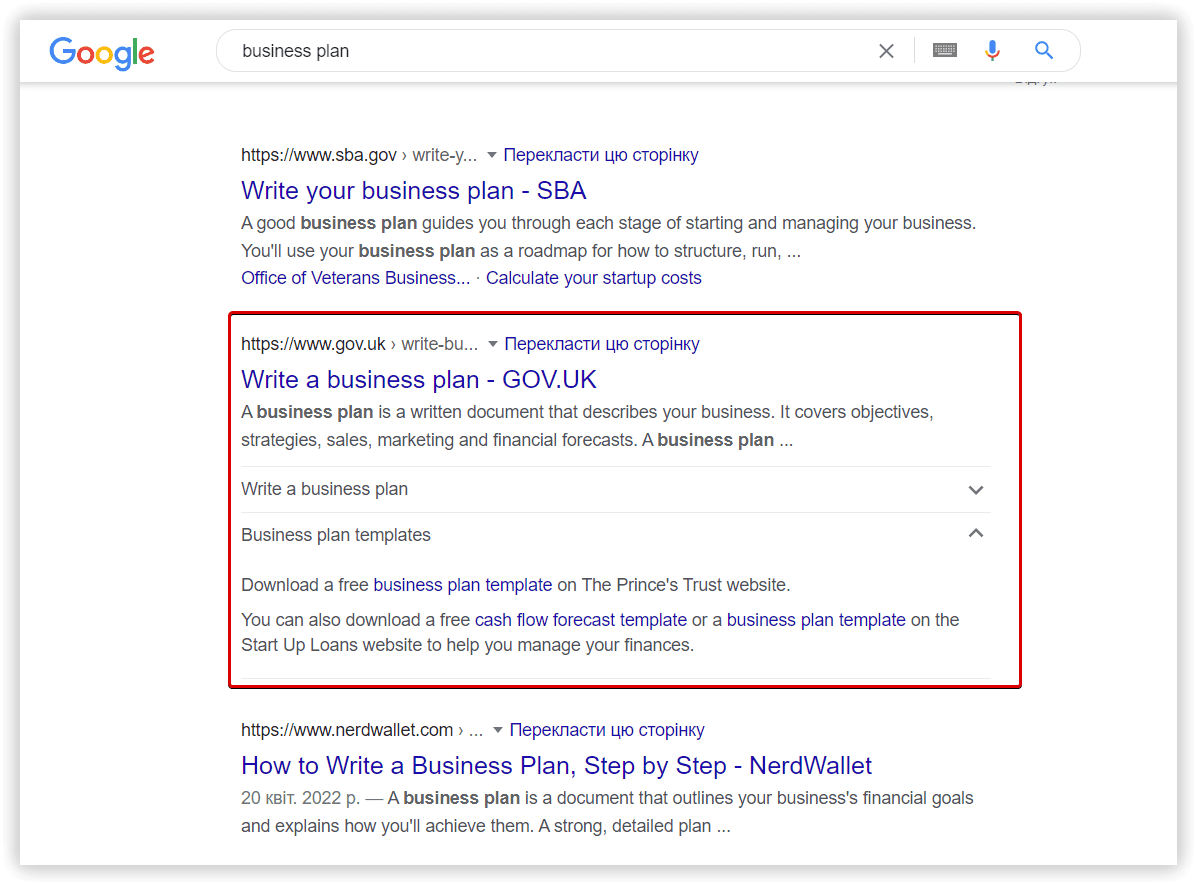
- Sitelinks
- Breadcrumbs
- People also ask
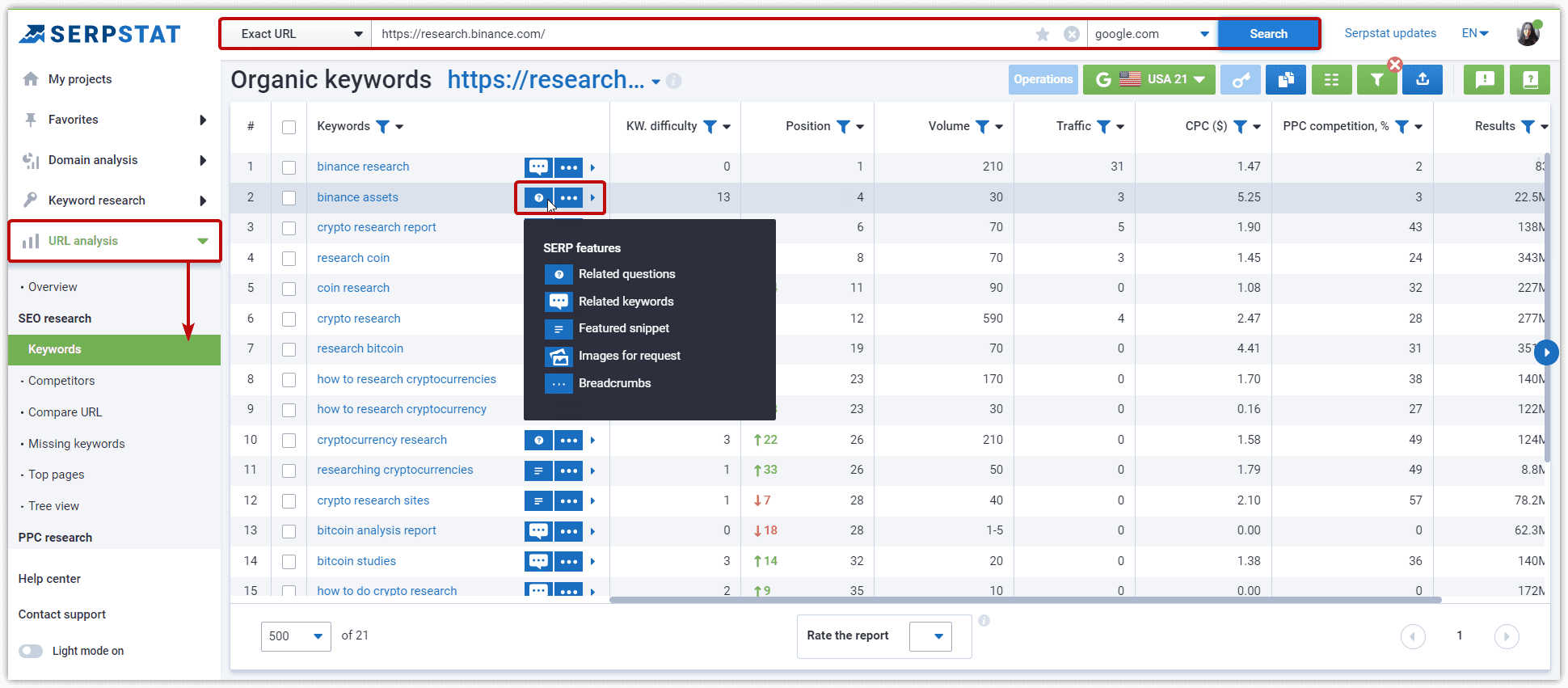
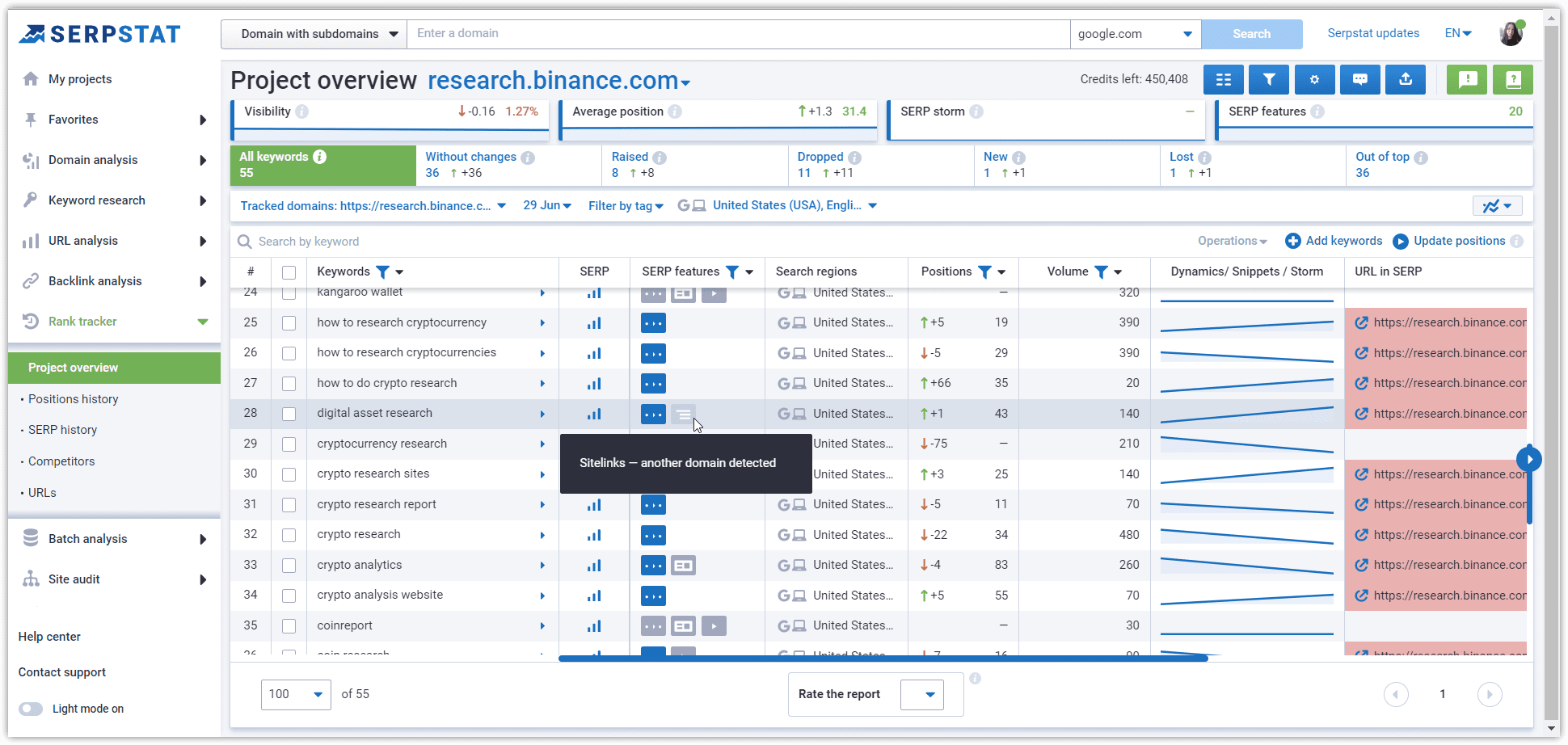
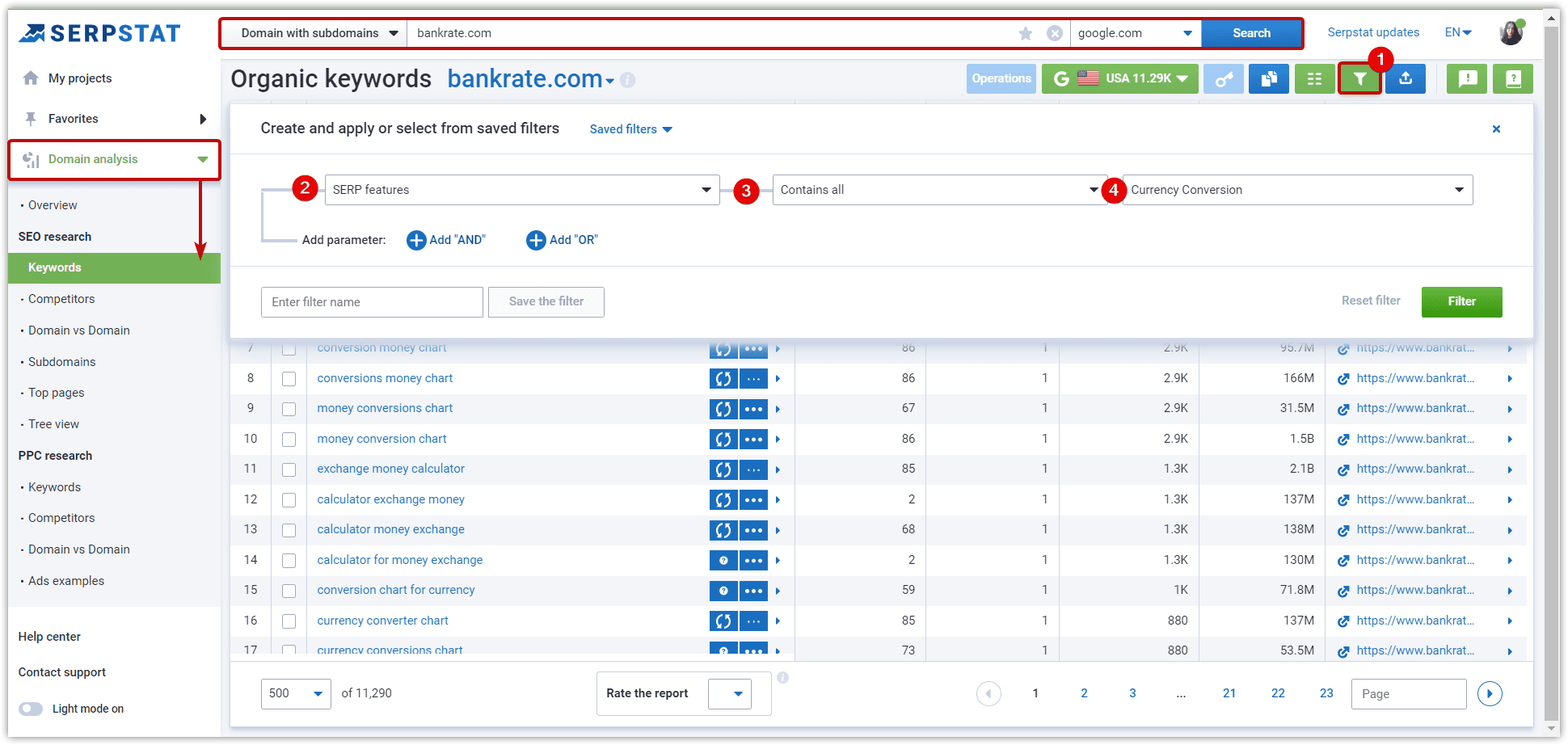
Step 2. How to create a content plan based on competitors' content
It is important to remember that content finds the reader at a particular stage of familiarity with a product or problem. Therefore, there are infinite options for adapting competitor content to the user’s path, a segment of the target audience, or content format.
Example: We found a competitor’s article on “How to save money”? What topics and formats can we incorporate into our content plan?
For the introduction or familiarization stage, we have to prepare content that solves this problem and responds to the pains and needs of the reader at this stage. These are articles of this type:
- 10 saving tips for the home budget.
- What should everyone know when planning a budget?
- What items of expenditure does everyone forget about?
- The secrets of budget planning from 10 experts.
When analyzing your competitors, pay attention to the target action of the content for this stage of the funnel. What exactly is expected from the reader: switching to another article on the topic, subscribing to the newsletter, or commenting on the article.
Then we move on to the user stage, where they may have heard something about your product or picks up a ready-made solution (review or evaluation stage). Here, the reader expects to see this kind of content:
- Making a personal budget: the top 5 apps.
- How to choose an app for planning expenses.
- 5 differences between products 1 and 2: which is better?
- What is leasing and how does it differ from credit?
- What are the books about finance that are worth reading?
The third stage of our simplified funnel: content that “helps” you make a decision after reading the article (decision stage, conversion). Suitable for warmed-up readers who are already familiar with your product, with a clearly formed need and they are in the process of considering alternatives.
- How to use the product for expense planning?
- Top 10 product features you can’t do without
- Use case: How a member of the target audience did something with the help of a product and achieved results
For example, a How-to article “Trading Cryptocurrency on Leverage for Beginners” or any content on industry trading can be packaged into an entire academy or series of video tutorials.
- 7 reasons to sell your NFT on the Binance NFT Marketplace
- Easy and detailed POAP NFT guide
- All about NFT whitelists and how to get on them in 3 easy steps
- How fractional NFTs are changing the NFT space
- How to sell gaming NFTs and convert the resulting cryptocurrency into fiat
Step 3. Distribution and repackaging of content
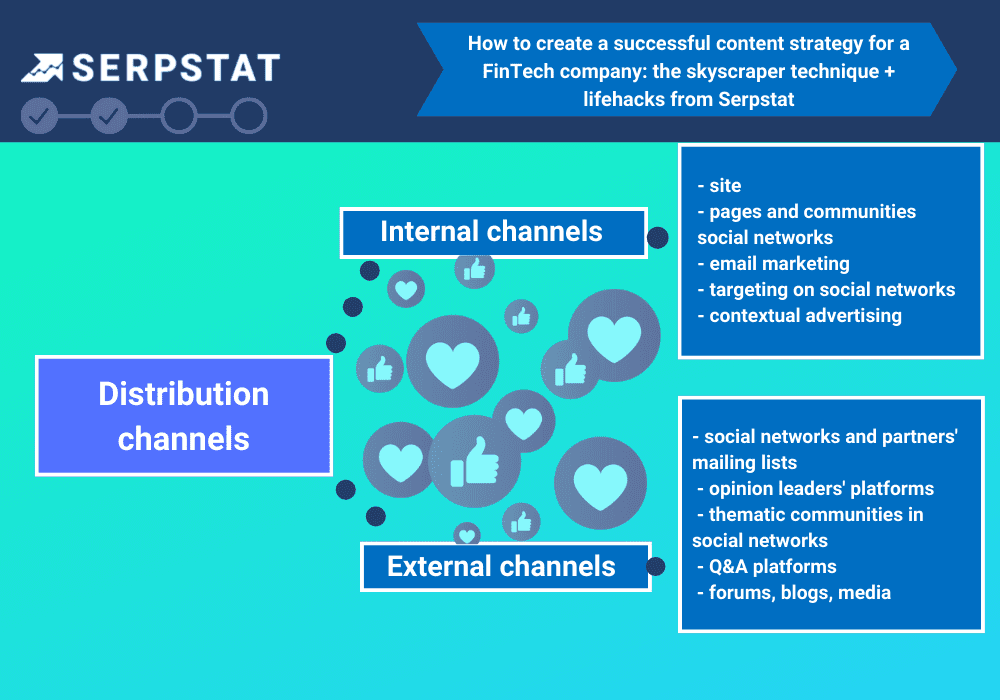
Repackaging is the process of minimally altering content to produce new content. Repackaging saves time because it is easier to process already collected content than to create content from scratch.
Repackaging content for social networks and newsletters allows for different approaches and formats, so the interaction with the audience will be of higher quality. Not everyone likes to read long-form content; some prefer “outlines” of articles, infographics, or videos.
The main ways of repackaging:
- Site adaptation;
- Repackaging into a new format;
- Subdivision of a large format into smaller ones;
- Combining small formats into large formats.
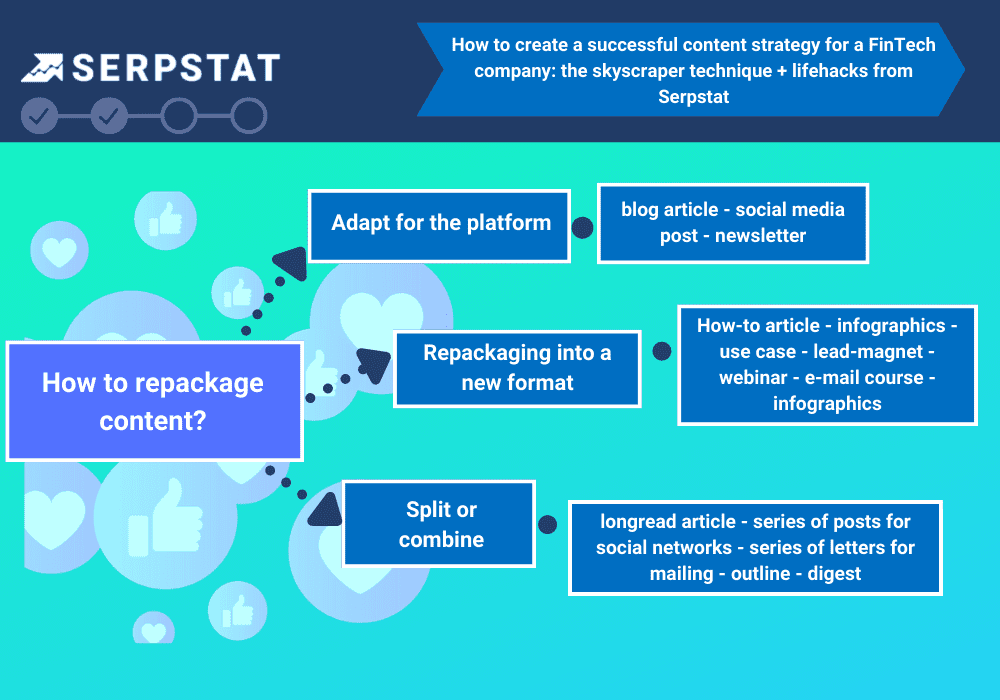
Example. Based on the How-to article “What is NFT and how to build your collection of Internet art?” a series of posts on social networks or newsletters can be made:
- post 1: NFT – the essence and attractiveness for the novice crypto-businessman
- post 2: NFT platform that will help you invest now
- post 3: Where and how to earn a beginner NFT investor?
Adding use cases can also turn a how-to article into a case study. And if you invite several experts to comment on the topic, you get a roundup.
Conduct a webinar – repackage it into an article and a series of posts for social media. Record of the webinar can be submitted as a lead magnet or in text format in a series of newsletters. Questions and answers from experts on Twitter or Telegram are excellent material for articles.
Repackaging the article “What is NFT and How to Build Your Internet Art Collection?” further into other formats:
- Webinar: Investing in NFT: rules and principles
- Lead magnet: Step-by-step instructions for the novice NFT investor + checklist
- Newsletter: NFT-event: Webinar with crypto-investor, open your first NFT Box
- a brief announcement of the article;
- an abstract of the article in the “problem-solution” format;
- a quote from an expert with a comment from the author as an announcement of the article;
- cards with the main ideas from the article;
- a selection of useful materials on the same topic.
The main thing is to select only relevant material and work out the structure. The same principle can be used to make digests of checklists, instructions, whitepapers, lists of useful tools, case studies, etc. Find a common attribute and generate new content with almost no effort.
Conclusions
Speed up your search marketing growth with Serpstat!
Keyword and backlink opportunities, competitors' online strategy, daily rankings and SEO-related issues.
A pack of tools for reducing your time on SEO tasks.
Discover More SEO Tools
Website Audit
Website SEO analysis – gain detailed insights into your website's technical health
Batch Analysis of Competitors' Domains
DA Domain Checker – get valuable information about the competitors' domains
AI Content Tools
AI Content Marketing Tools – simplify and optimize the content creation process
Local SEO Tool
Our local SEO platform – optimize your website for maximum impact
Recommended posts
Cases, life hacks, researches, and useful articles
Don’t you have time to follow the news? No worries! Our editor will choose articles that will definitely help you with your work. Join our cozy community :)
By clicking the button, you agree to our privacy policy.

